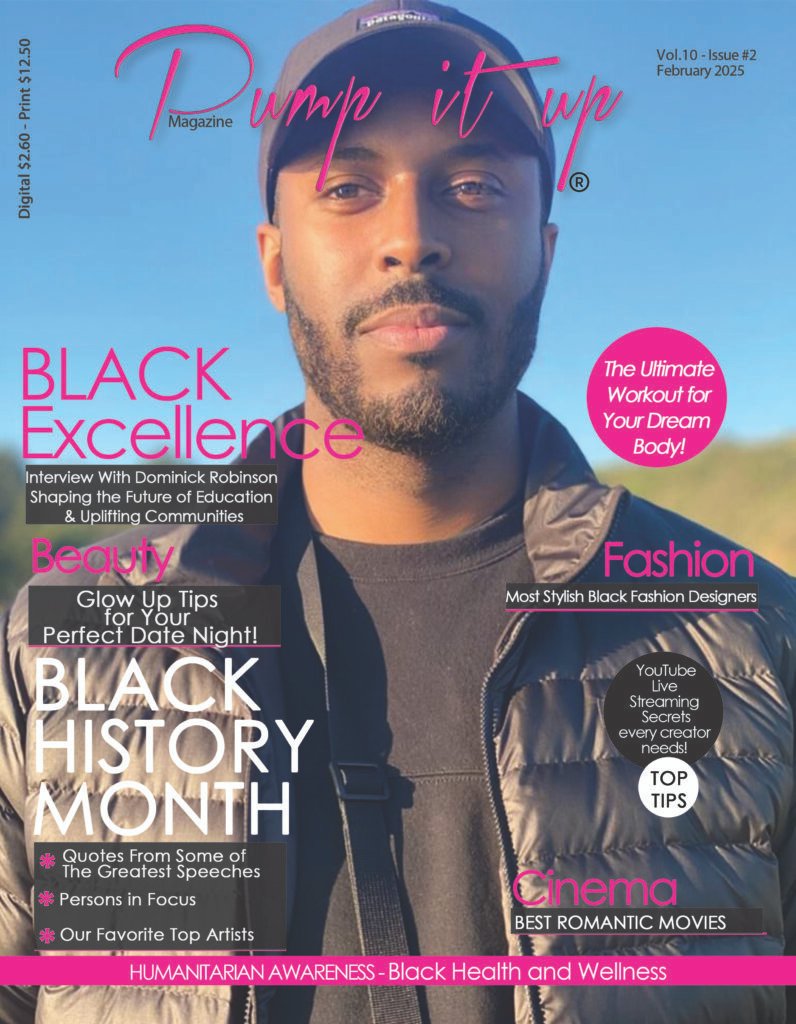Thanks to social media and other tools—like Spotify—artists and labels are able to connect with fans in more ways than they ever have before. You can do a lot with just a little. But you need to be aware of the pros and cons of that control. As Uncle Ben once told a young Peter Parker: “With great power comes great responsibility.” There are many moving pieces to consider, some of which we’ve outlined in our The Game Plan episode for “Promoting Your Work.”
So, where do you start? Alicia Yaffe has a wealth of experience in this department. She was a co-manager of punk legends Unwritten Law in the mid-’00s and even operated the Sublime Myspace page for a while. Currently, she’s the president of The Spellbound Group—a digital creative agency that specializes in strategic marketing and content production services—and a member of the team at Jampol Artist Management, Inc. She says that from the get-go, you have to consider your own comfort when approaching your promotional avenues.
Do: Build relationships with fans
“At a very, very basic level, building relationships with fans is most important,” Yaffe says. “An artist should use the social platform they’re most comfortable with—the one they’re most likely to interact with people on—because you don’t want it to feel forced, and you don’t want it to feel fake. So whether that’s Instagram or Snapchat or Facebook or whatever, that’s really important. You don’t necessarily have to be on all of them, but you have to at least have one you’re driving people to and you’re willing to interact with.”
Once you’ve decided which social platform or platforms you’re most comfortable with, there are some best practices. Yaffe notes that a little goes a long way, and that liking or responding to a fan’s question or comment can have far-reaching consequences. Acknowledging when people post favorably about you and your music is a simple way to show engagement, and recognizing long-standing supporters and fans is an excellent loyalty-booster. If you’re headed to a town where you know there are some superfans, you could consider something like inviting them out for soundcheck. Or you could direct some early listens of the release you’re planning toward your most engaged followers.
But, Yaffe says, remember that you don’t have to pander to fans. Your artistic vision is yours alone, and while things like crowd-sourced videos can be fun, they run the risk of feeling gimmicky. “If you’re an artist, you should have something to say,” Yaffe says, and adds that your audience isn’t always entitled to input in that expression. She cites Arcade Fire’s interactive video for “We Used to Wait” as an example of a promotional effort that involves the listener without sacrificing artistic vision. Yaffe is also currently working on Spellbound Immersive, which will create interactive experiences for her clients—like the “living album experience,” where fans can “walk” through an album, with each room dedicated to a song and its story—and that has deepened her understanding of how to approach interactive ideas.
“From the time I’ve been spending in the immersive community, I’ve learned it’s about the illusion of control and decision-making as opposed to actual control,” Yaffe says. “It’s sort of about limiting choices.”
Do: Allow fans to see the real you
There’s an important balance to strike between giving away too much and not giving enough. L.A.-based sad-synth R&B artist TRACE frequently reveals a lot on her Instagram—giving thanks to the women in her life who’ve influenced her, sharing her salves for anxiety, Marie Kondo-ing her closet, and asking her followers questions. She notes that the posts she gets the most attention from aren’t necessarily the ones she’s put a ton of work into with help from pro stylists and photographers—it’s the ones that present a more off-the-cuff, authentic version of herself.
“It sounds a little vain, but I think people like feeling connected to their artists—the peeps they like,” TRACE says. “And I feel like that type of content has been more beneficial to me.”
TRACE adds that she finds Instagram stories to be far more engaging and successful than simple one-off posts because according to analytics, more eyes are landing on the stories than the posts.
Don’t: Overload the feed
It’s easy to fall into the worry that if you don’t post, people will forget you exist, but there is definitely such a thing as posting too much. If it can be annoying when one of your best friends is posting excessively, it will certainly put off people you don’t personally know. It also has the potential to dilute your product.
“[The fans] become less curious, and I think there is a way to make your fans wait for you in a very real way,” TRACE says. “I want that. What I want to produce and show you, not just on Instagram or social media, is that the content, the music, the videos I’m sharing and creating are things I put a lot of work into. I don’t want them to be watered down.”
Do: Remember that it’s about supporting yourself as an artist
TRACE says it’s each artist’s prerogative to figure out when it’s best to be quiet on their social feeds, and sometimes that comes from recognizing the way things are flowing at the moment. If she’s in the studio, for example, maybe that’s the time to lower the frequency of her posts and create some mystery, perhaps share a cryptic studio shot that keeps fans wondering.
“I think the fans want to know who you are, but I think if what you’re posting doesn’t lead to who you are as an artist, you can kind of lose them,” TRACE says. “So I try to always draw some type of line to my music. If I’m posting about someone, which I rarely do now, it would be because, like, ‘This woman told me I should start music five years ago and I did and she’s the best.’ It always has to draw back, because music is a business, ultimately. And I never want people to be confused about my brand.”
—Matt Williams













